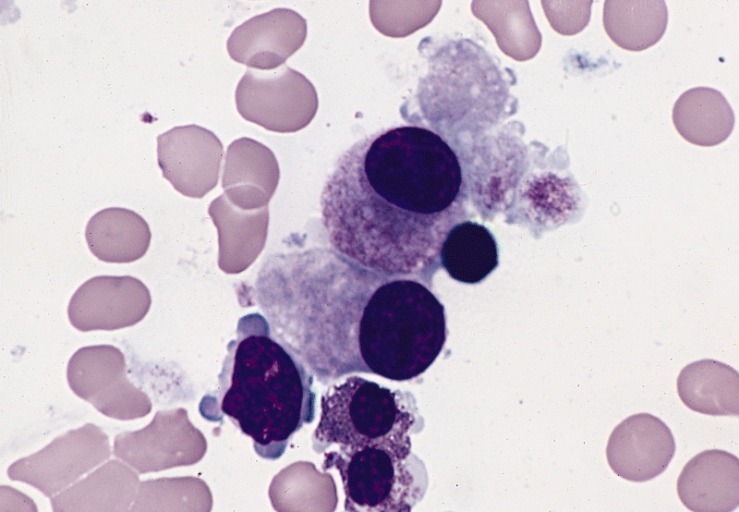Myelodysplastic Syndromes and Agent Orange

CCK Law: Our Vital Role in Veterans Law
What are Myelodysplastic Syndromes (MDS)?
Myelodysplastic syndromes are a group of disorders characterized by the disruption of the production of blood cells in the bone marrow. This means that bone marrow does not produce enough healthy blood cells and results in low blood cell counts. There are multiple subtypes of myelodysplastic syndromes that depend on the amount of healthy blood cells your bone marrow produces. Common signs of MDS include fatigue, unusual paleness, shortness of breath, frequent infections, and easy bruising, however, symptoms and signs can vary depending on which type of MDS you have. Generally, MDS more commonly presents in people over 70 years old, however people of any age can develop the condition.
MDS can progress to acute leukemia, however not all patients with MDS develop this.
Is there a link between Myelodysplastic Syndromes and exposure to Agent Orange?
One of the known causes of myelodysplastic syndrome is exposure to certain chemicals, including those used in pesticides and certain industrial processes, such as rubber production. However, the VA does not recognize myelodysplastic syndromes as Agent Orange presumptive conditions for service connection purposes, meaning they will not presume that Agent Orange exposure caused your MDS if you served in the military during the relevant periods. In order to prove to the VA that Agent Orange exposure caused your MDS, you will need a “nexus” linking your condition to the exposure. This nexus needs to be provided by a medical professional and is a key component to winning service connection for non-presumptive conditions. The medical professional should review your service personnel and medical records, and post-service medical history in order to provide a strong opinion.
Another possible cause of MDS is chemotherapy treatments for certain types of cancer. Veterans who received specific chemotherapy drugs for treatments of cancers such as Non-Hodgkin’s Lymphoma and Hodgkin’s Disease are at increased risk of developing MDS. If you are a Veteran with service-connected cancer as due to your Agent Orange exposure and were given chemotherapy drugs linked to MDS, you may be entitled to benefits for your MDS as secondary to your service-connected cancer.
Why Isn’t “Myelodysplastic Syndromes” on the Presumptive List for Agent Orange?
The VA must go through a lengthy process in order to add conditions onto their presumptive lists. Part of the process is reviewing a report put together by the National Academy of Medicine, which makes recommendations to the VA Secretary on conditions it believes to be related to exposure to Agent Orange. The VA Secretary does not have to only consider the evidence given to him by the National Academy of Medicine, he can choose to look at other research to decide whether to add conditions to the list.
Although MDS is not a presumptive condition for Agent Orange exposure, if you are a Veteran who was exposed to Agent Orange while in service and have a diagnosis of MDS, you may still be entitled to compensation from the VA. If you have been denied service connection for MDS or have questions on your eligibility, contact our office.
About the Author
Share this Post
